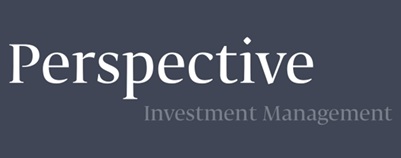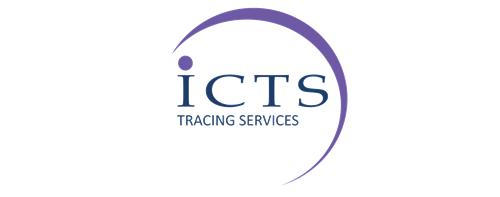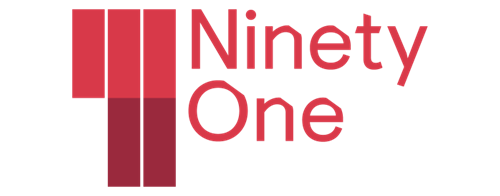Colyn Dee, MD of Cirrus TechVue
Reading the FSCA’s 2025 Complaints Management Industry Review Report raised my hackles, not because the report itself was lacking (it was thorough and well compiled), but because of what it says about the state of complaints management in our industry. In short: 14 years after the introduction of Treating Customers Fairly (TCF), very little has changed in how the pensions sector manages complaints.
The data tells the story, and the FSCA’s findings are concerning:
• 63% of people who lodged a complaint were dissatisfied with the outcome.
• 67% regretted ever signing up for the product.
• 65% were unhappy with how long it took to resolve their complaint.
• Most complainants were unsure of the progress or status of their case.
• Only 8% of surveyed customers had lodged a complaint at all, and of those who hadn’t, 66% said it was because they didn’t know how, or that they could.
The Pension Funds Adjudicator received 9 177 complaints in 2024. This raises the key question: why are so many people going straight to the regulator instead of their fund or administrator?
Why members bypass funds
Some may argue that members tried the fund first and weren’t happy with the outcome. But if that were true, we’d expect more than 8% of surveyed customers to have complained internally. The data points elsewhere: members either don’t know how to complain to their fund, or they don’t trust the fund to handle it fairly.
For principal officers and boards, this is more than just a reputational concern. Under the FSCA’s new Conduct Standard 2 of 2025 (RF), it is a compliance issue.
So, what should retirement funds and administrators do?
First and foremost, they need to implement a formal, fit-for-purpose complaints management framework that:
• Establishes a consistent, documented process for complaints handling.
• Assigns accountability and enforces ownership at every level.
• Is intuitive and accessible for staff to follow, with clear outcomes.
• Makes it easy for members to lodge complaints.
• Promotes transparency: the complaints process should be prominently visible on your fund’s website. A “Click here to make a complaint” button on the homepage is a good start.
• Provides timely feedback to complainants through automated status updates.
• Supports root cause analysis so that complaints can lead to real business improvements.
Technology can help, but only if used properly
Spreadsheets and email inboxes are not a sustainable solution. If your current complaints process depends on manual routing, siloed communication, or scattered tracking, then your fund is at risk – reputationally, operationally, and in terms of compliance.
Modern complaints management platforms provide the structure, audit trail, and transparency required by today’s regulators, and expected by today’s members. They also bring measurable internal efficiencies, freeing up your teams to focus on higher-value work.
Done right, it’s a lever for building trust, streamlining operations, and driving continuous improvement across your fund or administrator.
A call to action
The FSCA’s new Conduct Standard becomes effective in March 2026. That gives retirement funds and administrators less than six months to prove that their complaints frameworks are not only documented, but working.
Complaints provide critical insight into where members are feeling frustrated, where processes are falling short, and where expectations aren’t being met. When organisations choose not to address them, they risk overlooking the very issues that could improve service delivery, rebuild trust, and enhance long-term sustainability.
The FSCA isn’t wagging fingers with this report. It’s sounding the alarm. Whether you’re a principal officer, a board member, or an administrator, the message is loud and clear:
Reactive is no longer good enough. Proactive, transparent, and people-centred complaints management is the new standard.
ENDS

























































































